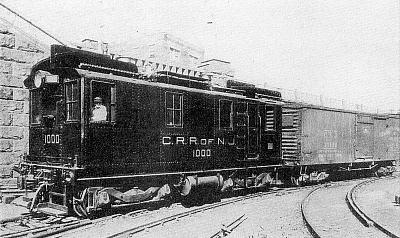| 48 | B A L D W I N L O C O M O T I V E S |
|
|
| locomotive and 26.4 per cent for the Diesel-electric, showing the Diesel locomotive to have been over 3 1/2 times as efficient as the steam locomotive; very significant figures when first cost and maintenance charges are to be considered. Dr. Brown also gives information on the weight of component details entering into the Diesel locomotive ensemble. He estimates that the prime mover, including its auxiliaries, takes about | manufacturing the Diesel motor used as the prime mover. After tests in the yards of its builders it was experimently exploited on several of the railways in the vicinity of New York City. The same combination of manufacturers has since built for the Long Island Railroad a similar machine of twice the power; its power plant being arranged as twin units, parallel within the cab. This later machine weighs 100 tons (333 lb. per horse-power). |
| Recent internal combustion locomotive construction in the United States has been only along the lines of electric transmission. The General Electric Company built in 1924 a "gas-electric" engine of 175 horsepower for use around their Pittsfield Works. In 1925 a 300 horse-power Diesel-electric engine weighing 60 tons (400 lb. per horsepower) was built jointly by the General Electric Company, The American Locomotive Company and The Ingersoll-Rand Company, the last mentioned concern | It is now in preliminary operation on the Long Island Lines. In 1925 The Baldwin Locomotive Works produced a Diesel-electric locomotive of 1000 horse-power, the prime mover for which is a two-cycle, solid injection engine of peculiar construction and very light weight. This machine represents the largest unit ever attempted in the United States. It is the result of extensive research and experimentation to fulfill the requirements of a reliable self-contained unit of simplest possible ensemble and ease |

